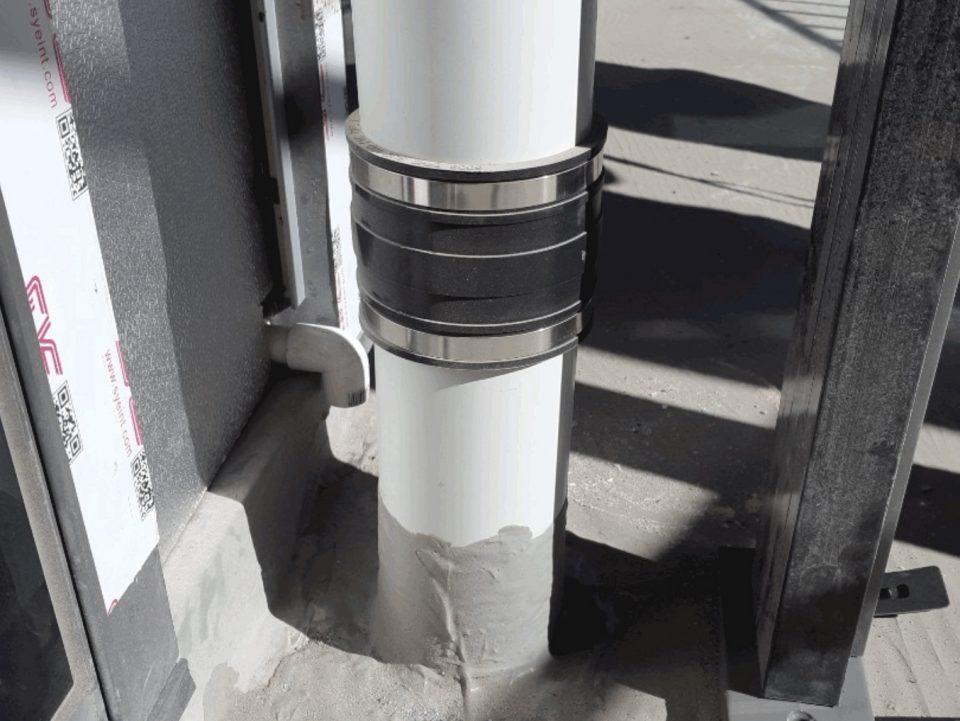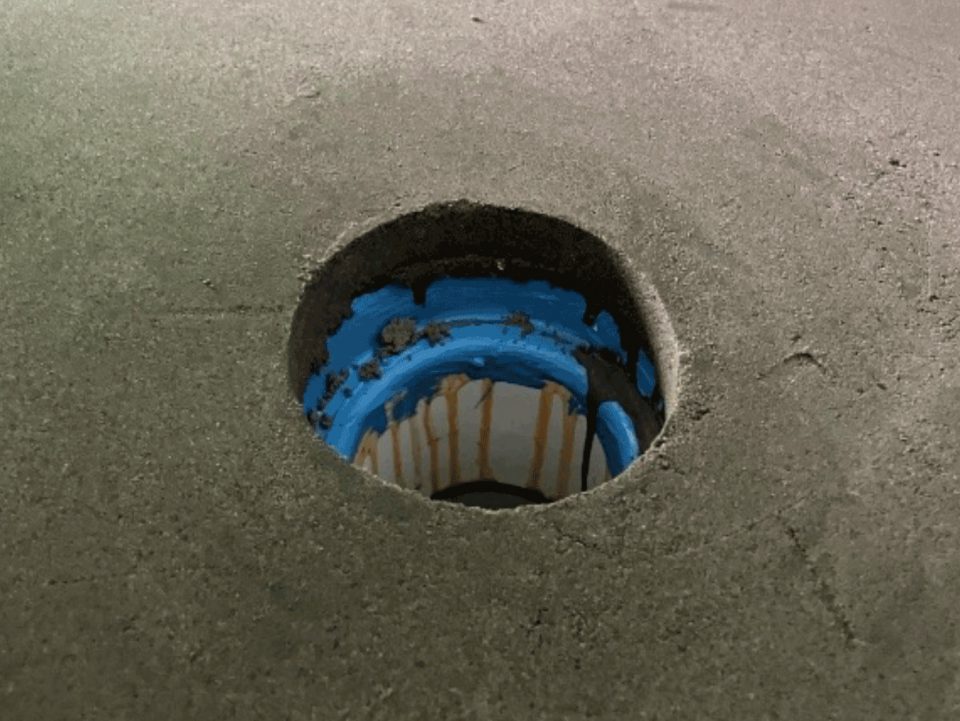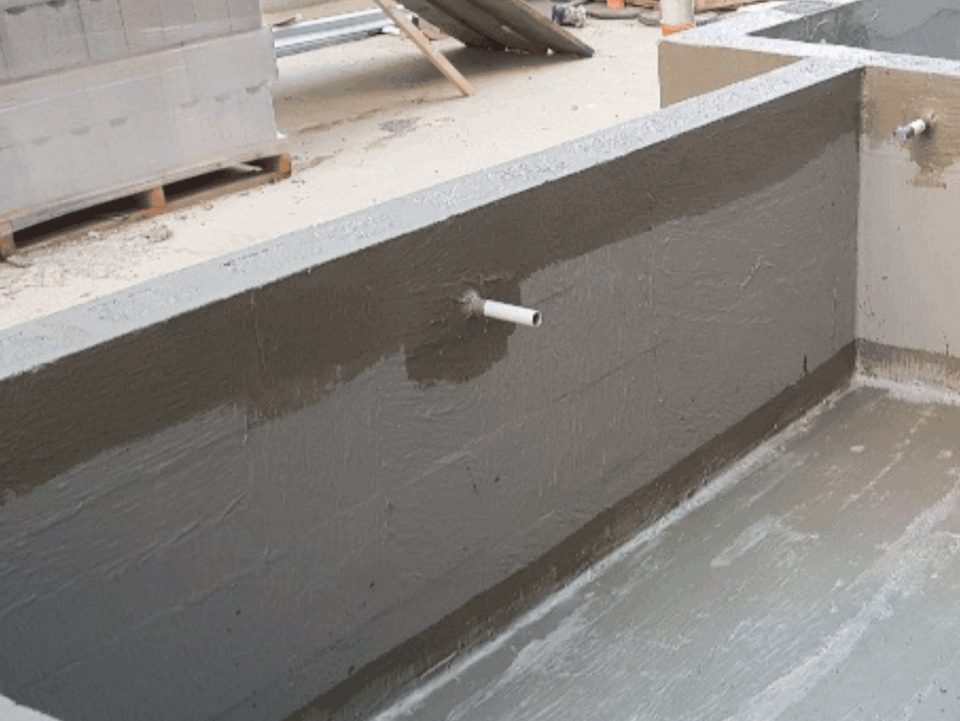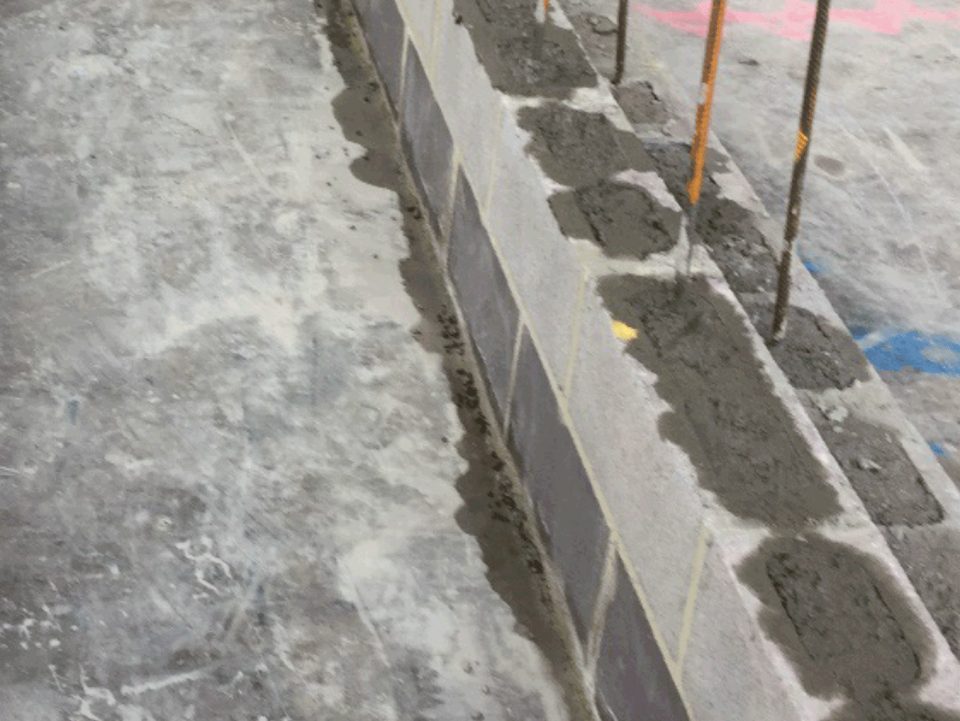Home Cuppa Convos Technical Snapshots Technical Snapshot: Environmental Conditions
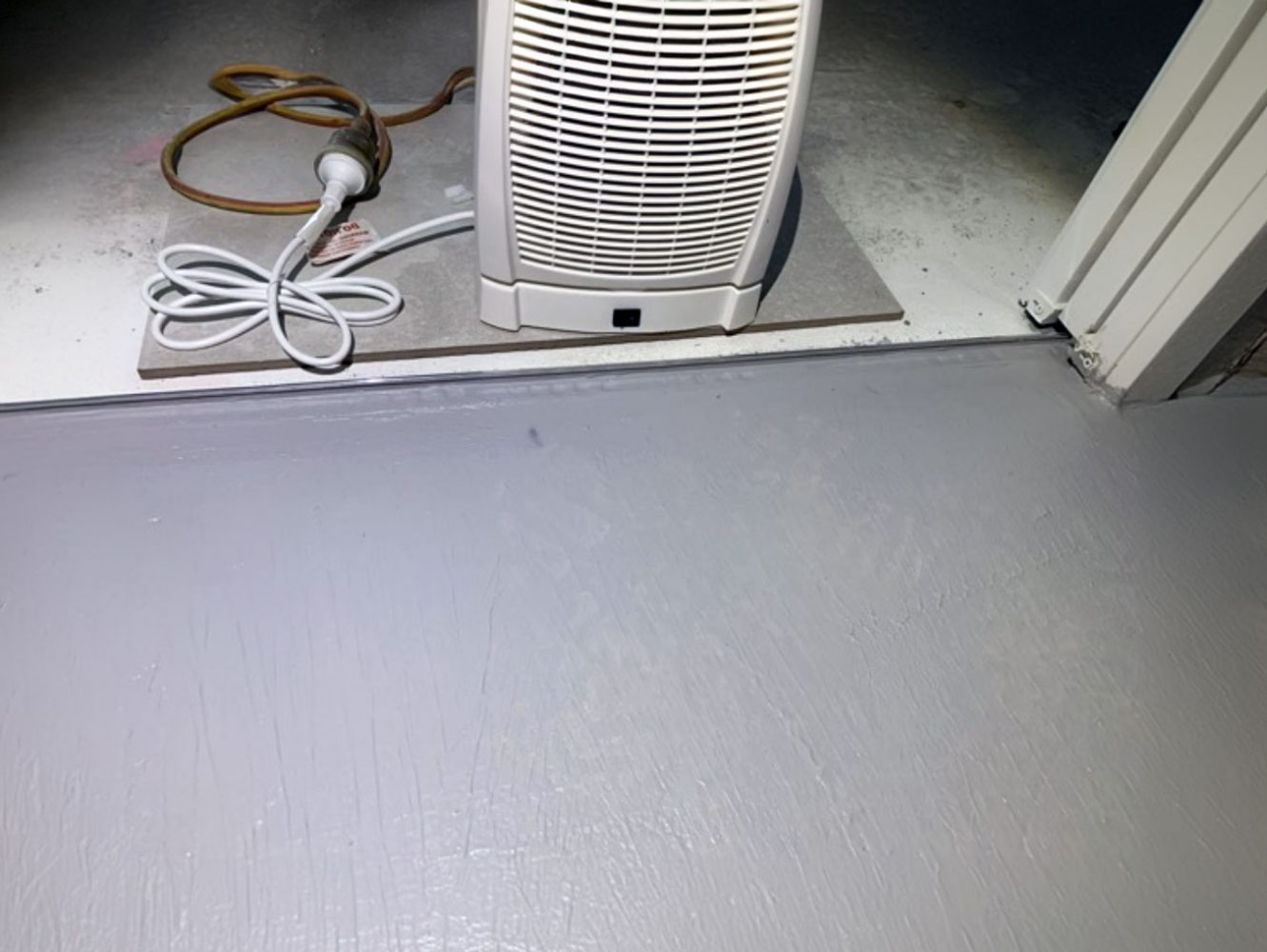
Technical Snapshot
Issue: Environmental Conditions
When it comes to waterproofing applications using liquid membrane systems, the curing times during extreme cold or hot temperatures must always be taken into consideration.
Membranes used in Australia may experience variations in temperature from minus 15 to 85 degrees. The actual range depends on local environmental conditions. Low temps may result in a significant loss of elongation.
High temperatures may result in softening and an increase in membrane elongation. Storing of the membrane is also an important factor and they should never be stored in direct sunlight, especially during the summer months.
Remember, it is crucial to consistently provide proper care and attention to the storing of the materials.
Low temperatures, wet film thickness, relative humidity (RH), solids content and air movement can delay the curing of some liquid-applied membranes, especially single-part membranes.
A substrate with low porosity can delay the curing of single-part water-based membranes, which may appear to be dry, with a skin on the surface but still wet underneath and can re-emulsify on contact with water.
Incorrect

Pic 2. Outgassing causing bubbles from cold temps and hot sun
Solution
For an internal room application, the best practice is to pre-condition the room with specialised heaters, ensuring the substrate and the ambient temperature is 23 degrees. Utilising fans to create airflow/ventilation will assist in curing water-based membranes in both hot and cold environments.
It is important to not direct the airflow onto the drying membranes.
AS 4654.2 – 2012 states 2.4.2 Service conditions, the design and installation of exposed and protected membrane systems, as determined in accordance with AS 4654.1, shall resist the following service conditions or any combination thereof:
• Ultraviolet light (where exposed)
• Heat ageing
• Membrane temperature within the range of its operating temperatures
• Bioresistance
• Water immersion
• Chemical resistance
Correct

Pic 4. Heated room to ambient 23 degrees, utilising fans to create airflow (Refer to Pic 4 & 5)
Pic 5. (see above)



